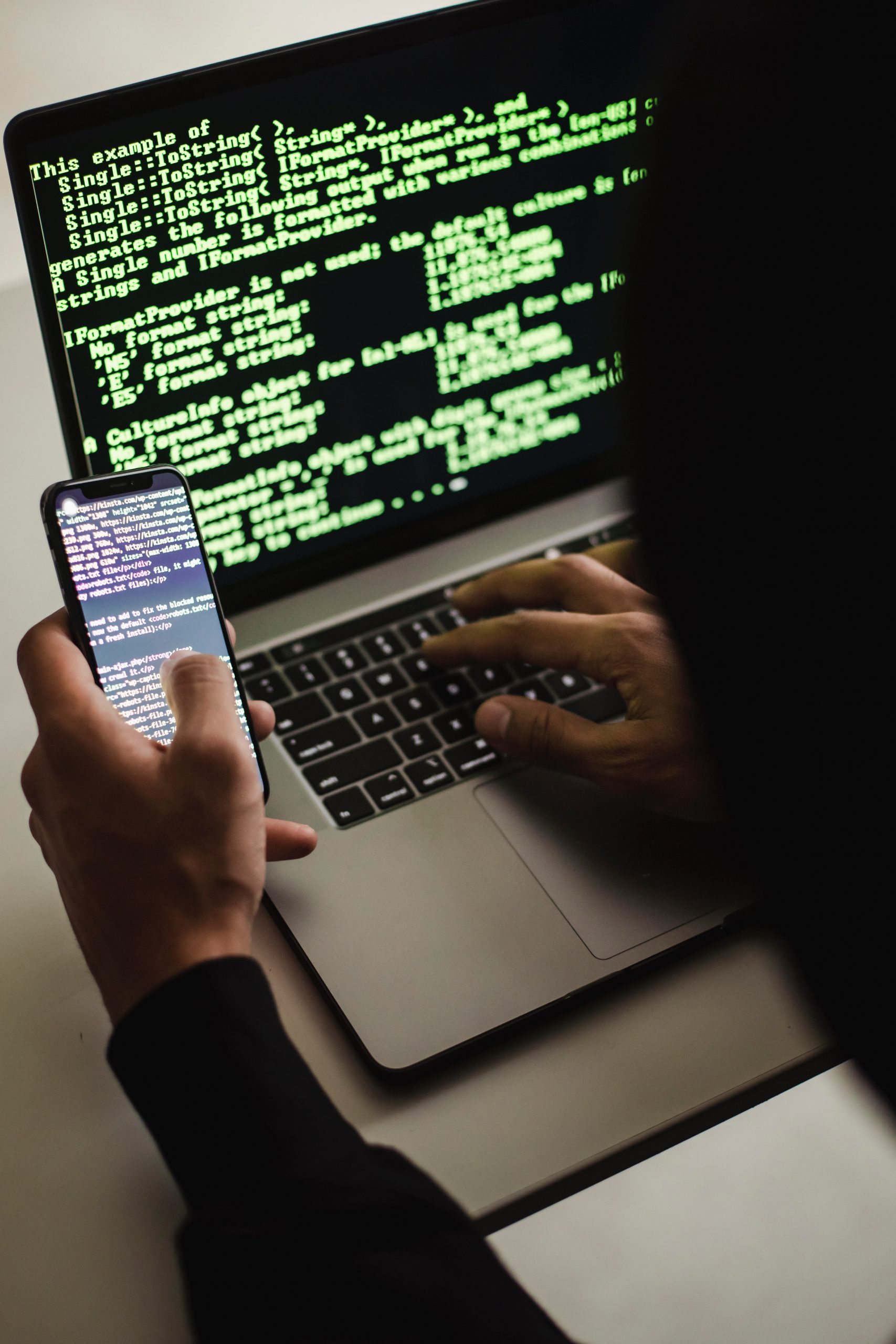
Resort Suite
January 1, 2020
Data Breach: Causes and How to Prevent
May 12, 2020Ransomware may appear in many different forms. Its purpose is to prevent users from gaining access to system files or personal files until a ransom is paid. Usually, once the ransom is paid, access is regained. It is common that ransom payment is demanded via credit card or cryptocurrency.
There are numerous ways that ransomware can infect your computer. The most common way is through malicious spam which are unsolicited emails used to deliver malware. The emails will contain attachments such as word documents and PDFs that have malicious links.
Malicious spam also referred to as malspam makes use of social engineering to deceive people into clicking on malicious links that appear to be legitimate and into opening attachments. Another aspect of malicious spam is by posing as government agencies such as law enforcement to scare victims into paying the ransom.
Malicious advertising or malvertising has been used to distribute malware with little to no user interaction. Users will be directed to criminal servers even when on they are on legitimate websites simply by clicking on a malicious ad(s). The servers will catalog details of the victim’s computer and their location to deduce which is the best malware to deliver. Malvertising will make use of an infected iframe and exploit kit where a malicious download will be downloaded to attack a system without the user’s knowledge.
Other types of ransomware differ in severity and the risks involved and may include:
- Scareware: is rogue security software that uses social engineering to cause shock, anxiety, or the perception of a threat in order to manipulate users into buying unwanted software. This unwanted software poses as a protection against a virus but in turn is the malware that affects the security of the user’s information.
- Screen lockers, just as the name suggests, freeze out users from their PCs until a ransom is paid in order to regain access.
- CryptoLocker ransomware attack is perhaps the most dangerous since it involves theft of your files that are then encrypted. The hackers can then demand a ransom to decrypt and redeliver the files. No security program or system is able to return your files once they are stolen, meaning the ransom must be paid to get them back. However, there are no guarantees of getting your files back once the ransom is paid.
Mobile ransomware targeted at mobile devices has been on the rise. Typically, the ransomware will display a message that the device is locked due to alleged illegal activity. The mobile ransomware is delivered via malicious apps.
How to Protect Against Ransomware
The best protection against ransomware is by preventing it from happening. Even though methods exist to deal with ransomware infections, they are imperfect at best; owing to the evolving nature of ransomware and the need for technical expertise.
You can prevent ransomware attacks through the following actions:
- Make use of a supported operating system ensuring that you install patches and security updates upon release to minimize vulnerabilities that can be exploited
- Only install reputable software or provide administrative right to trusted software.
- Make use of good and up-to-date security software that will detect and protect against attacks by ransomware.
- Constantly back up your files preferably on the cloud to ensure that files are safe and that damage caused by an attack is minimal.
- Remain careful and vigilant against what you click when browsing the web.




